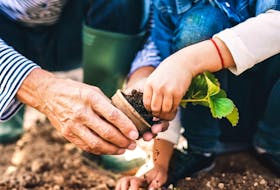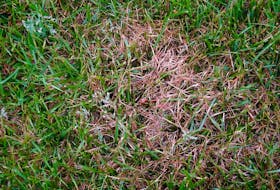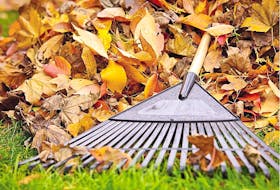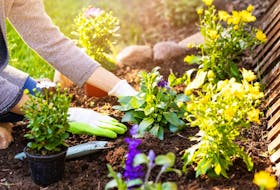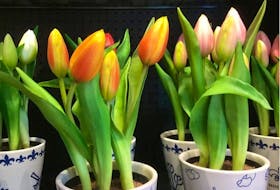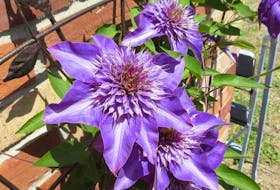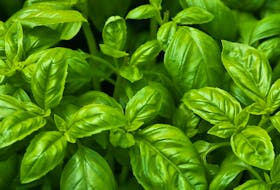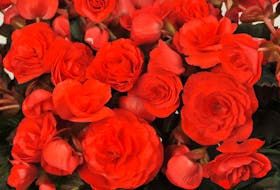As promised, next week will see the start of a three-part series of gardening tips to help grow your own vegetables. This series is for both new gardeners, and others who may be returning to the gardening scene, everyone is always learning. Now, onto a berry good trick!
Q: Last year, I was visiting a friend in Calgary who had the most fantastic strawberries growing in a pot on her deck. She said she was harvesting about a cup of strawberries a week. I told myself that this was something I needed to try. Can you tell me how I should go about this and are there any tips or suggestions you can offer?
A: Growing strawberries in containers is not only easy to do, it’s very rewarding. There is something about growing your own fruit that leaves one with a sense of pride, but the best thing is, they taste better than any berries you buy in the grocery store. I find them to be much sweeter.
Strawberries are well-suited to containers because of their compact growth habit. ‘Seascape’, ‘Temptation’ and ‘Tristar’ are good varieties to try as they fruit in their first year and do not produce runners as vigorously as June-bearing types.
There are many advantages to growing strawberries in containers such as being able to move them around to track the sun or lifting them up and away from slugs. Grown in containers, they’re also less likely to be exposed to soil borne diseases.
The container you choose is up to you. There are specially designed strawberry pots with openings along the sides for planting the strawberries. With these pots you can even insert a piece of PVC pipe in the centre of the pot. The pipe should have holes drilled in it every 10 or so cm. When you water you pour the water into the pipe and it gets evenly distributed throughout the pot. You can also use just about any other container you have as long as it is big enough to be able to space the plants 25 cm apart.
Use a good quality potting soil and add compost. A 50/50 blend of soil to compost is best. Place the container in a spot that gets at least six to eight hours of sun a day. Keep the plants well watered and feed with an organic fertilizer every two to three weeks, then sit back and enjoy your harvest!
Q: I planted a Norway Spruce “Cupressina” tree two years ago and while it does great on the top 2/3 with growth the top the bottom is very sparse. Is this due an issue with the soil, too much water, not enough? Is there anything I can do about this?
A: There could be several reasons for the bottom of the tree looking a little bare.
If the tree is not getting enough water, it’s the bottom needles that are the first to drop. This is the result of the tree not being able to get enough water to the whole tree and the older needles, which are the ones on the bottom, will be shed first. Try giving the tree extra water, especially during the hot and dry days of summer. A good way to do this is to use a drip technique rather than giving the tree all its water at once. Put the garden hose at the base of the tree, set the flow to just a trickle and let it run for an hour or two. Move the hose from one side of the tree to the other during the process to ensure the water gets deep into the root zone.
Another possibility is a pest or a disease. Check the branches carefully for any signs of very fine cobwebs. If you find webs, the problem may be spruce spider mites. These insects damage the needles by sucking the sap out of them, and usually start on the lower branches. More information can be found on the Government of Canada website . A fungus, like Cytospora canker, could also be the problem.
Or, this may simply be a normal process as evergreens naturally drop their older needles with age. I would recommend calling in an arborist to have the tree checked by a professional.
E-mail your questions to [email protected] . He is the author of Just Ask Jerry and has plenty of past columns for more gardening tips.
Copyright Postmedia Network Inc., 2021

